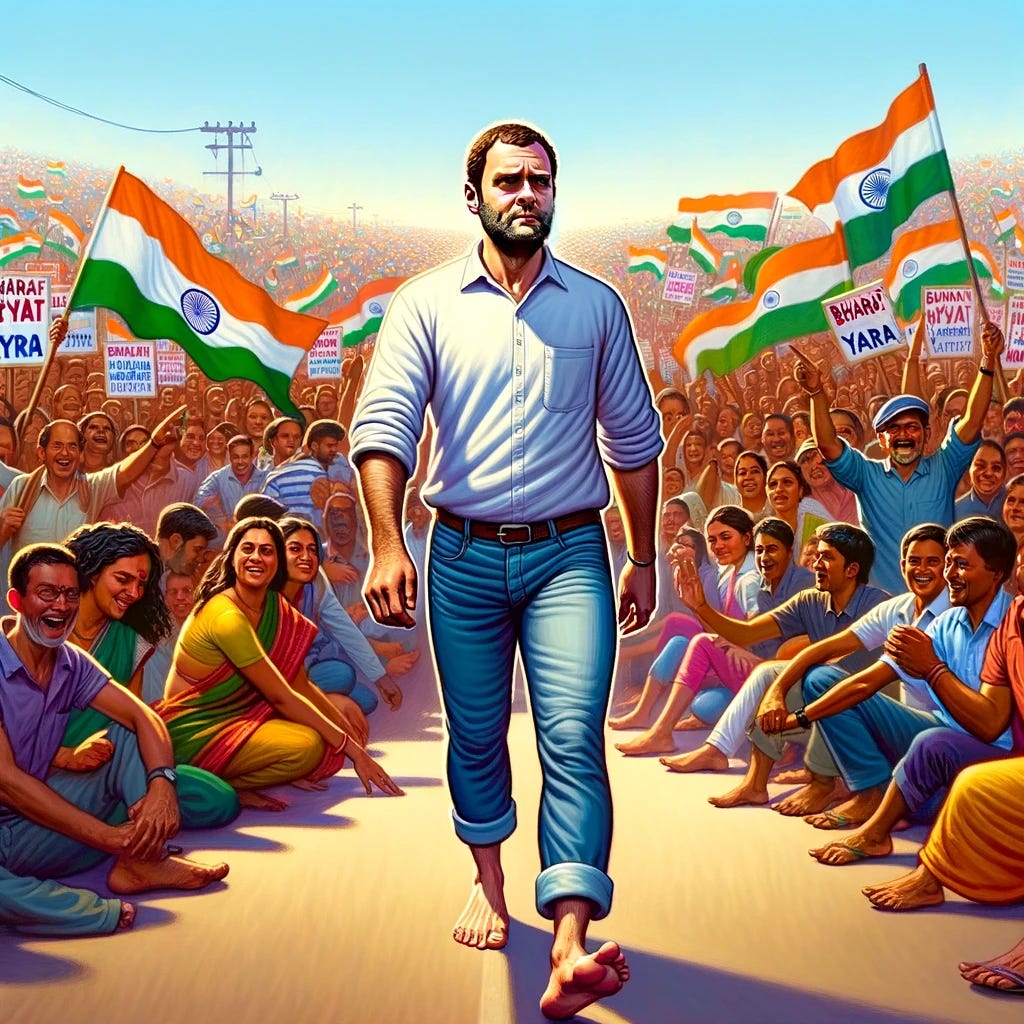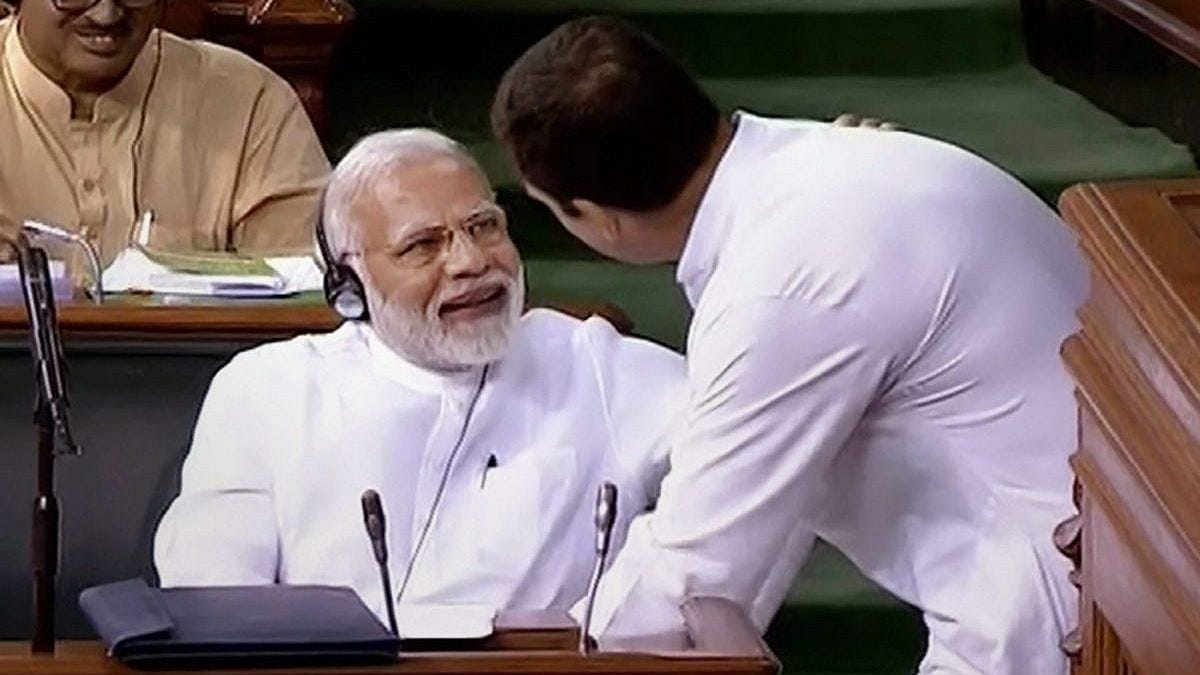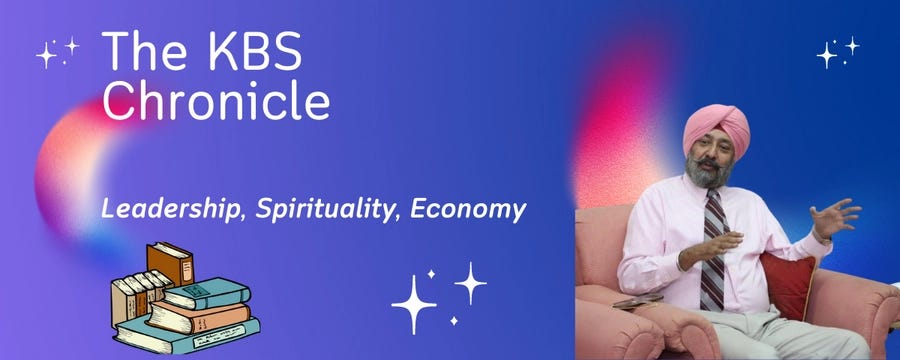Bharat Jodo Yatra 2.0: A Repeated March Unlikely to Rally Success
Why the Bharat Nyay Yatra Needs More Than Footsteps to Forge Ahead.
A Reassessed March: Bharat Nyay Yatra’s Ambitious Trail from East to West
In the dynamic political corridors of India and the feverish newsrooms of print and electronic media, the announcement of Bharat Jodo Yatra 2.0, creatively rebranded as Bharat Nyay Yatra, echoes a sense of déjà vu and underscores a crucial need for strategy reassessment as the 2024 Lok Sabha elections draw near. The Rahul Gandhi as the protagonist, the Congress party is gearing up for a monumental odyssey from the eastern corridors of Manipur on January 14, culminating in the bustling western metropolis of Mumbai on March 20. This extensive campaign aims to traverse a staggering 6,200 km across 14 diverse states. Yet, despite the commendable determination and mental fortitude this journey entails, its political efficacy and the tangible returns of such an extensive undertaking invite rigorous debate and scrutiny — a critical evaluation seemingly eschewed by the Congress leaders, irrespective of their standing and stature.
Diminishing Returns: The Law of Political Engagement
The law of diminishing returns extends beyond economic principles to become a stark reality in the realm of politics. The inaugural Bharat Jodo Yatra carved a distinct path for Rahul Gandhi, markedly transforming his public image and sparking a surge of enthusiasm. However, the initial ripples of excitement have somewhat subsided, overshadowed by the Indian National Congress's lackluster performance in recent assembly elections. As a result, merely replicating the same model without significant innovation or differentiation poses the risk of eliciting a lukewarm response from the electorate— mere rebranding may not suffice. With a limited appetite for repetitive messaging, the electorate yearns for a continuously evolving narrative, making it imperative for each segment of the journey to bring forth fresh perspectives and issues, accompanied by renewed energy and vigor.
Electoral Efficacy: Questioning the Return on Investment
The forthcoming Bharat Nyay Yatra, despite its ambitious geographic and symbolic reach, invites critical examination of its expected electoral impact. The extensive investment of time, resources, and organizational effort necessitates a scrutiny of the anticipated political dividends. Reflections on Bharat Jodo Yatra 1.0 reveal that the national media coverage was somewhat muted — attributed not only to its perceived reliance on advertisement-driven content but also to the monotonous nature of the messages delivered by Rahul Gandhi. Rather than offering unique insights into each locale's historical or cultural significance, the messaging remained largely uniform and undistinguished. To resonate more deeply with the local populace, the narrative should be concise, impactful, and tailored to reflect the unique attributes of each region, all while aligning with the overarching national agenda of the INC. As the Lok Sabha elections loom, it is imperative that the party adopts targeted, strategic approaches that promise more substantial and proportionate electoral returns, integrating unique and localized messaging throughout the campaign.
Beyond One Leader: A Call for Collective Strategy
The narrative of a solitary leader embarking on a transformative journey, while compelling, might not fully address the intricate political landscape of India. The diverse and pluralistic nature of the Indian polity demands a collective approach, particularly under the INDIA bloc's auspices. The imperative lies in a cohesive strategy that encompasses all leaders, focusing on marginal constituencies, ensuring equitable seat-sharing, and circumventing internal competition with a unified, well-coordinated effort that resonates across the electorate's varied aspirations. Leaders within the INC and its allied parties need to be visibly active on the ground, consistently engaging with the public, and leveraging in-house social media to counteract the perceived biases and limitations of mainstream media coverage.
"एक अकेला, सब पे भारी" (Ek Akela, Sab Pe Bhari)
Instead of inadvertently reinforcing the BJP's narrative of singular leadership, Rahul Gandhi's campaign should pivot towards emphasizing collective responsibility and consensus-driven leadership. This approach starkly contrasts with Prime Minister Narendra Modi's perceived centralized leadership style, advocating a more inclusive, consultative, and collaborative model. It's about shifting the focus from "I, Me, Myself" to a broader "We and Us," representing a united front of diverse leaders working in harmony for the nation's progress.
From Solo Journeys to Strategic Focus: A Path Forward
The Bharat Nyay Yatra must evolve beyond a mere physical expedition into a strategic crusade addressing the nation's critical issues. This necessitates a detailed analysis of constituencies where the party has a competitive edge, especially those narrowly lost in the last elections. Targeted rallies and a meticulously calibrated approach are essential to maximize impact. Disproportionate energy must be directed towards handling internal dissent, managing rebels, and wooing strong independent candidates. It's crucial to galvanize current MLAs, past representatives, and prospective candidates, ensuring they are actively engaged rather than passive onlookers, with a clear understanding that their performance in the assembly segment will significantly influence their future candidacy. The focus should be on quality over quantity, substance over symbolism, and intensive engagement over broad coverage. This path marks a shift from individual journeys to a collective, focused, and strategic thrust forward.
Conclusion: Charting a Course Beyond Mere Footsteps
While the intent behind the Bharat Nyay Yatra is laudable, it necessitates a substantial recalibration of strategy and tactics. Merely rerunning the previous journey along a different geographic route does not fully honor the journey's spirit or the profound concept of 'Nyay' (justice). The Congress party and its allies must embrace innovation, unity, and concentrated effort to shift the dynamics in their favor. As the nation watches, the yatra needs to transform from a simple march into a compelling narrative of change, justice, and unity, deeply resonating with the Indian electorate's hopes and aspirations. The emphasis on localized and national messaging, alongside a robust social media strategy, is crucial. Time is of the essence, and the path ahead requires more than mere footsteps; it demands a bold leap in political strategy and execution.
While it is unlikely for the INC to fundamentally alter the yatra's concept and structure at this juncture, there is still an opportunity to forge meaningful linkages, particularly through large-scale rallies that showcase unity and strength among all opposition leaders. Such mega gatherings could serve as a formidable display of solidarity. However, a singular focus on Rahul Gandhi plays into the BJP's preferred narrative. The INDIA bloc, under Rahul Gandhi's leadership, must avoid this trap by demonstrating a more cohesive and resonant front. Without this concerted effort, even a modest Modi wave could significantly undermine a fragmented and incoherent opposition that fails to align with its constituents or connect with the broader electorate. The journey ahead is not just about covering distances but about making every step count towards a united and compelling alternative vision for India.








